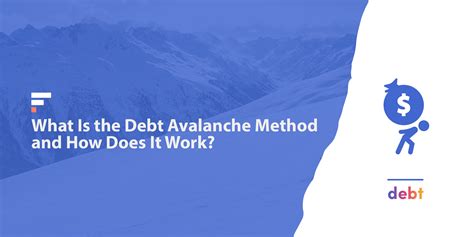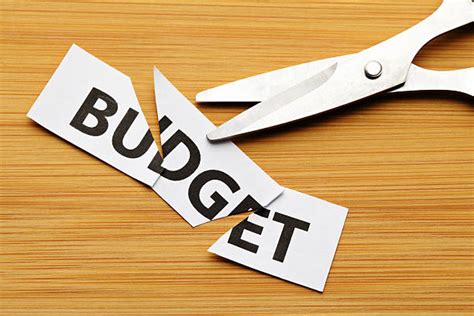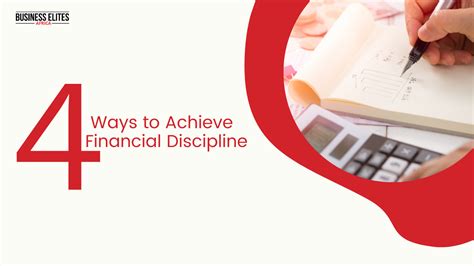High-interest debt can feel like a relentless burden, particularly for men who often shoulder the pressure of financial stability. Whether it’s credit card balances, personal loans, or other forms of expensive debt, the compounding interest can make quick payoff seem impossible. However, with a focused mindset and the right strategic approach, conquering high-interest debt quickly is not only achievable but empowering.
Understanding the Enemy: The Impact of High-Interest Debt
Before devising a strategy, it’s crucial to acknowledge the insidious nature of high-interest debt. It erodes your financial progress, traps income in interest payments rather than principal reduction, and can limit your ability to save, invest, or achieve other financial goals. For many men, the psychological toll of debt can manifest as stress, anxiety, and a feeling of being stuck. Recognizing this impact is the first step toward reclaiming control.

Strategy 1: The Debt Avalanche Method – Your Most Potent Weapon
While the debt snowball method (paying smallest balances first for psychological wins) has its merits, the optimal strategy for *quick* conquest of high-interest debt is almost always the debt avalanche method. This approach prioritizes paying off debts with the highest interest rates first, regardless of the balance size. By eliminating the most expensive debts first, you save more money on interest over time, which translates to a faster overall payoff.
Here’s how to implement it:
- List all your debts, their outstanding balances, and their interest rates.
- Arrange them in descending order by interest rate (highest to lowest).
- Make minimum payments on all debts except the one with the highest interest rate.
- Throw every extra dollar you can find at that highest-interest debt.
- Once the highest-interest debt is paid off, take the money you were paying on it (minimum payment + extra payments) and apply it to the next debt on your list.

Strategy 2: Aggressive Budgeting and Income Optimization
To fuel your debt avalanche, you need more capital. This comes from two primary sources: cutting expenses and increasing income.
Cutting Expenses ruthlessly:
- Track Every Dollar: Understand exactly where your money is going. Use budgeting apps or spreadsheets.
- Identify & Eliminate Non-Essentials: Temporarily cut subscriptions, dining out, entertainment, and other discretionary spending. Think of it as a financial boot camp.
- Negotiate Bills: Call your internet, cable, and insurance providers to negotiate lower rates.
- Reduce Housing Costs: Can you temporarily downsize, get a roommate, or find cheaper alternatives?
Boosting Income Actively:
- Side Hustles: Leverage skills for freelancing, gig work, or part-time jobs.
- Sell Unused Items: Clear out clutter and convert it into debt-busting cash.
- Ask for a Raise: If applicable, prepare your case and negotiate for higher compensation at your primary job.

Strategy 3: Debt Consolidation or Refinancing (Use with Caution)
For some, consolidating high-interest debts into a single loan with a lower interest rate can accelerate payoff. Options include:
- Balance Transfer Credit Cards: If you have excellent credit, a 0% APR balance transfer card can provide a grace period (12-21 months) to pay down debt without accruing interest. Be wary of transfer fees and ensure you can pay it off before the promotional period ends.
- Personal Loans: A lower-interest personal loan can consolidate multiple credit card debts into one predictable monthly payment. Ensure the interest rate is significantly lower than your current debts.
- Home Equity Loan/HELOC: Using home equity can offer very low interest rates, but it puts your home at risk if you default. This should be a last resort and carefully considered.
The danger here is using consolidation as an excuse to incur more debt. This strategy only works if you commit to not racking up new balances on the original accounts once they are paid off.

Strategy 4: Mindset, Discipline, and Accountability
The financial strategies are only as effective as the discipline behind them. Cultivating a strong mindset is paramount:
- Set Clear Goals: Define exactly how much debt you’ll pay off and by when.
- Track Progress: Visualizing your progress (e.g., using a debt payoff tracker) provides motivation.
- Reward Milestones: Celebrate small wins (without incurring new debt) to stay engaged.
- Find an Accountability Partner: Share your goals with a trusted friend, family member, or financial advisor.
- Avoid New Debt: During your payoff journey, commit to not taking on any new high-interest debt.

Conclusion: Reclaiming Your Financial Power
Conquering high-interest debt quickly is a marathon, not a sprint, but one that rewards consistent, aggressive effort. By implementing the debt avalanche method, aggressively optimizing your budget and income, prudently exploring consolidation, and maintaining unwavering discipline, you can dramatically accelerate your journey to financial freedom. This isn’t just about paying off balances; it’s about reclaiming financial power, building resilience, and setting a solid foundation for future wealth creation.




